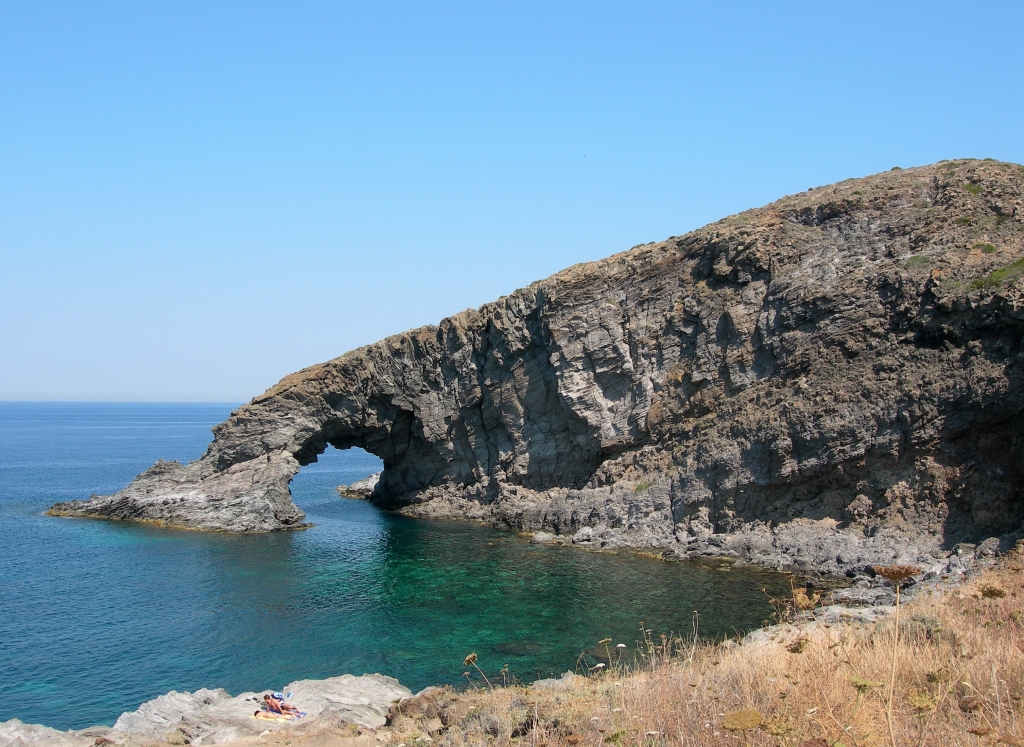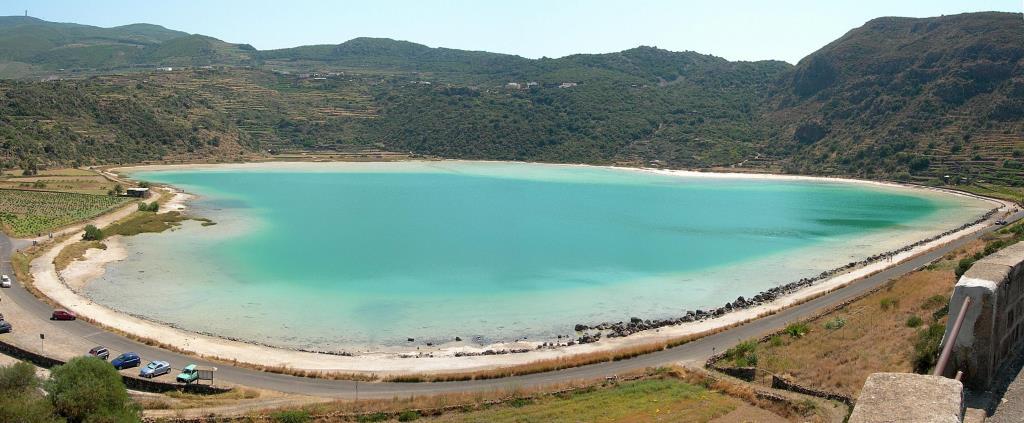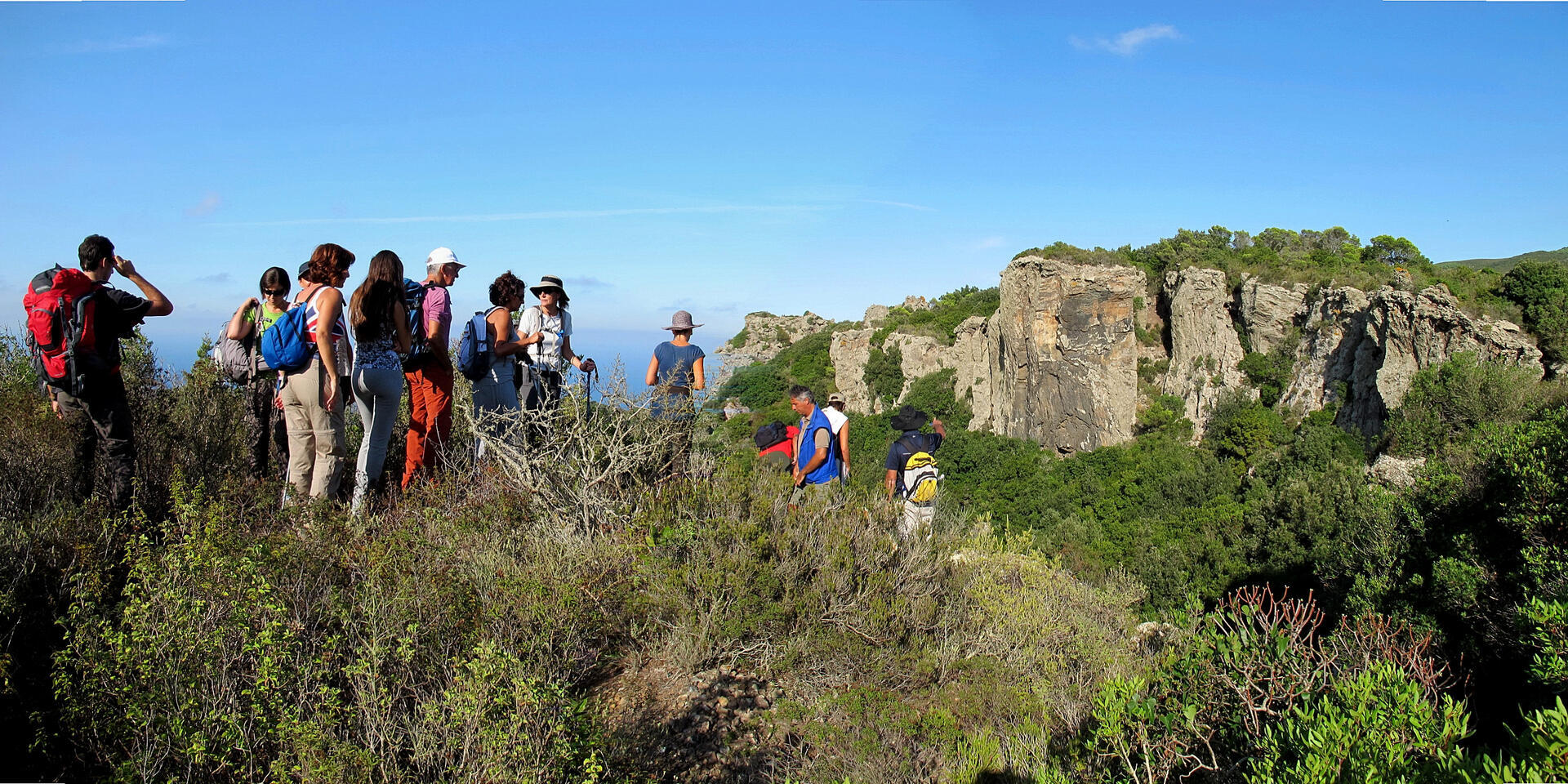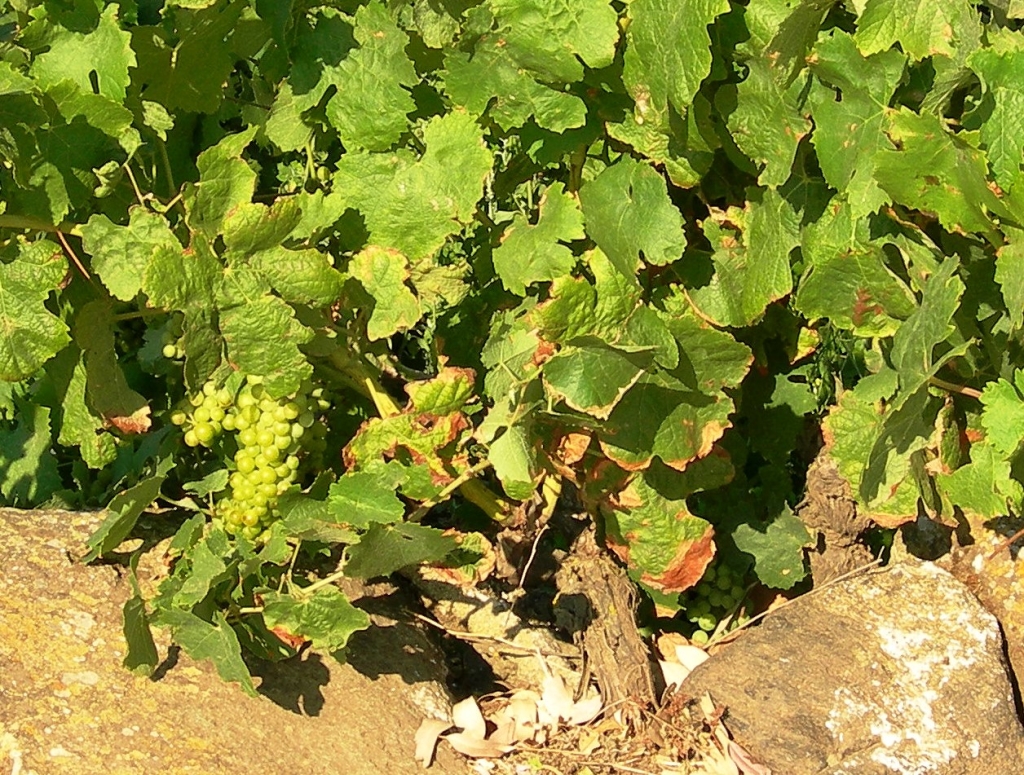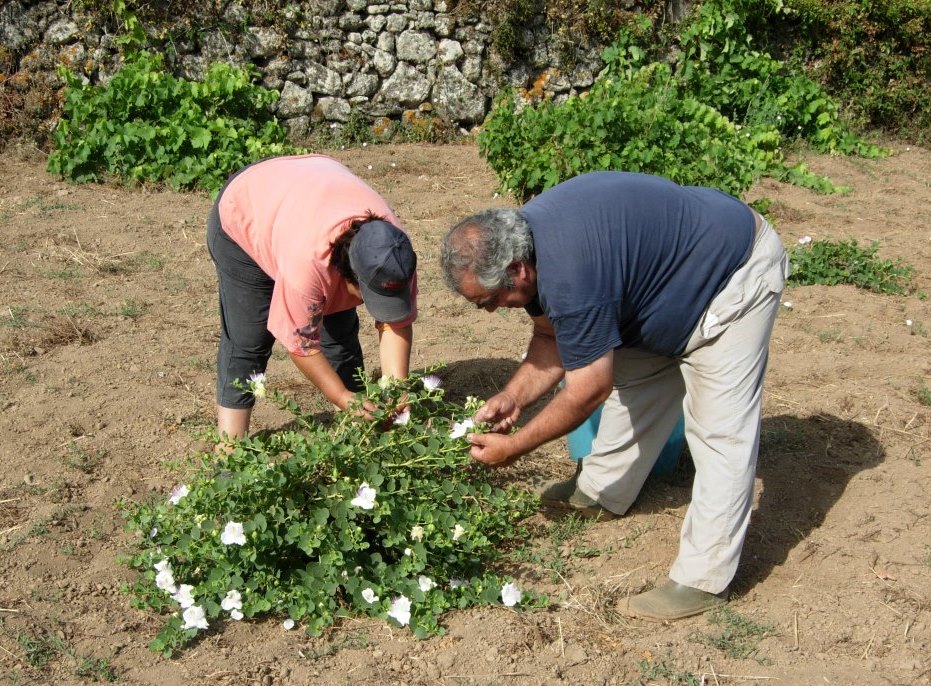Pantelleria is a “ black” pearl of rare beauty, an elegant, mysterious and wild Mediterranean island. It is very close to Africa, but the island represents a fascinating and irresistible side of Sicily.
Here are 10 things you shouldn’t miss if you visit Pantelleria!
- Seaside promenade
Pantelleria can be reached by flight or by sea from Trapani. We take a tour of the town in the island’s northern part.
The journey begins with a stroll through the ancient, narrow and cobbled streets. Our hearts beat with a new rhythm, slow and relaxed like the atmosphere around us.
Markets on the streets display colourful and picturesque handicrafts. We see the wooden boats painted blue near the old harbour.
There is a timeless, exotic and familiar beauty in the air. Strolling along the waterfront, we notice the two most symbolic buildings of the town.
- The Castle of Pantelleria
Pantelleria Castle is also called Barbacane Castle due to a misunderstanding. It is near the Old Port, overlooking Piazzale Almanza and Via Borgo Italia.
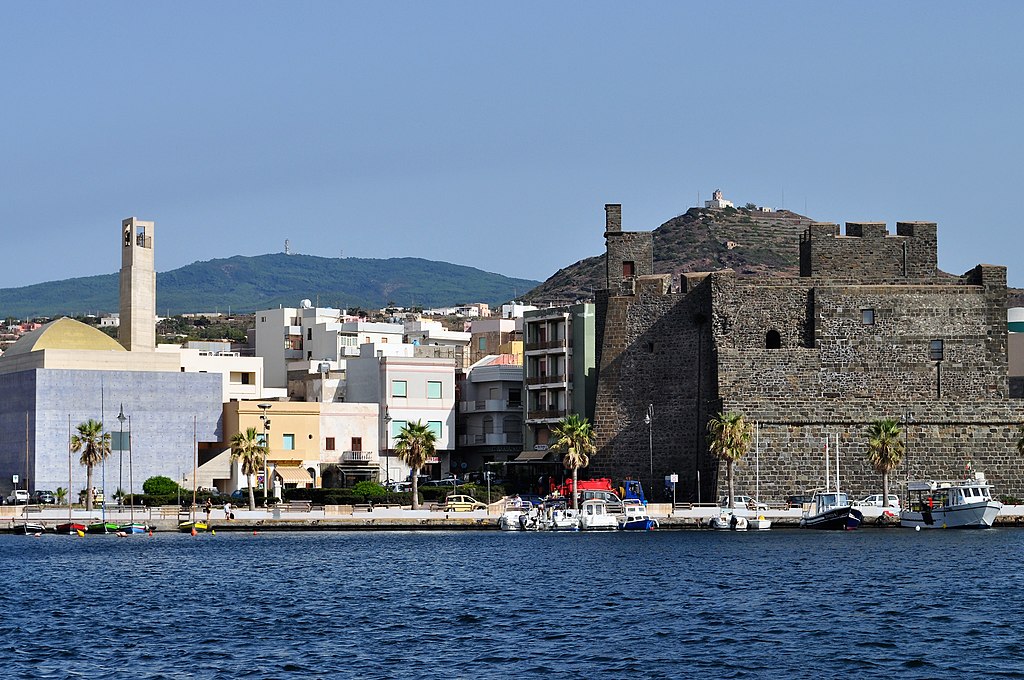
Chiesa e Castello di Pantelleria – Luce61, CC BY-SA 4.0, via Wikimedia Commons
The castle is an intriguing and imposing structure built with lava stone. It was built during the Byzantine era, but it is hard to determine its exact origin. What is certain is that it was a focal point of the island’s historical and political changes.
When the Normans arrived on the island, they built a Donjon (a typical defensive structure consisting of a fortified tower). Inside the Tower, there is a cross carved in the stone. It represents the first symbol of the Christian faith after three centuries of Arab domination.
The most significant change to the castle’s structure occurred in 1535. That year, King Charles V ordered the construction of 37 towers throughout Sicily to counter enemy incursions. He further strengthened the fortress structure.
Under Spanish rule, part of the castle became a prison. We know that also Ferdinand IV of Bourbon was interested in Pantelleria Castle. The king had the bell tower built, with the clock still standing.
We visit the inside to access the old castle dungeons and the round tower.
Don’t forget to enjoy the breathtaking view over the harbour.
- The SS Salvatore Mother Church
It is a unique worship site. The appearance of the Chiesa Madre del Santissimo Salvatore has an architecture that is very different from all other Sicilian churches.
This Church is called “Matrice” by the town’s inhabitants. It is a typical “modern church”. In its structure, it connects the architectural and natural elements of the island with the Christian ones. Its aesthetics recall the dammusi, the ancient rural dwellings typical of Pantelleria. The predominant colour is light blue, which evokes the colour of the sea surrounding the island.
Along the whole façade of the Church, there are symmetrical holes. At the top of the building is an Arab dome, behind which is the bell tower. This one, too, is built in the same style as the façade. The Church inside has modern features and several works of art are exhibited, giving a classic touch to the rooms.
- On the archaeological traces of the past
Pantelleria has a central position in the Mediterranean sea. That is why it has always been a crossroads of trades, a meeting point of civilisations, a military outpost and a territory where criminals were confined.
The island’s history dates back to prehistoric times, probably due to the abundant presence of obsidian. The oldest human settlement was some 5000 years. The first population of which there are traces are the Sesioti, a community of farmers and fishermen. They built their village on an inlet overlooking the sea, defended by a lava stone wall. You don’t need a time machine to visit the site; it will be sufficient to reach Contrada Mursia.
The houses and Necropolis of the Sesioti are very well preserved. Characteristics of these cemeteries are the extraordinary megalithic constructions known as “Sesi”.
Pantelleria was first conquered by the Greeks and then by the Phoenicians, who built the harbour and started the cultivation of tree vines.
Pantelleria had a leading role in another chapter of Mediterranean history. During the Second Punic War, the Romans conquered Cossyra, the ancient city founded by Carthage in the second half of the 13th century BC.
On the hills of San Marco and Santa Teresa, we visit the Punic-Roman acropolis. Here we see traces of the forum, the city walls, the public buildings and the cisterns for water supply, covered in cocciopesto. The three imperial portraits of Caesar, Antonia Minor and Titus were found on the same site and are on exhibition at Pantelleria Castle.
- Pantelleria Bays
Before diving into the sea, let’s take a boat trip around Pantelleria to admire exclusive and striking views that we cannot see from land.
Pantelleria is an island that offers happy holidays to families and children. Shallow waters, smooth rocks, natural pools. Depending on our needs, we will find the best beaches. Of course, the aim is to visit as many as possible.
Cala Gadir is famous for its underwater archaeology route and because it is easily accessible from the town centre. But the most famous beach on the island is Bue Marino, a perfect destination for families and children.
Cala Tramontana is a stretch of turquoise water surrounded by dark rocky walls. Descending the natural staircase that leads to the Martingana beach, we will always be shielded from the Mistral wind. Cala Levante, between the Arco dell’Elefante and Faraglione di Punta Tracino, there’s Cala Levante. Here we can enjoy the most stunning landscape, and the place is a must for diving and snorkelling addicts.
The sunset from Suakl beach is the most romantic on the island. On clear days, the coast of Africa appears very close.In Nika, the water temperature changes suddenly. We can take an unforgettable bath in warm sea waters. And if we are looking for natural wellness, we will find all the information we need.
- Pantelleria Lakes
Pantelleria’s coastline is full of cliffs, rocky creeks and underwater caves that make it fascinating and wild. The island’s lakes are perfect if you want to dive in total relaxation.
Don’t miss to visit the Specchio di Venere (Venus’s Mirror). It is one of the most enchanting places in Pantelleria, with its characteristic heart shape. The goddess Venus used to look at herself in the lake waters before meeting Bacchus. It is possible to take baths and mud baths in the natural pools where the water reaches 50 degrees. The lake is in a natural reserve, set in the crater of an extinct volcano. Its waters are rich in minerals and are a healthy remedy for the skin. (to discover more about wellness in Pantelleria, read Benessere in Sicilia, spa a cielo aperto).The Laghetto delle Ondine is a small lake between the rocks. Its waters come from the Mediterranean Sea. It is in Punta Spadillo, below the island’s lighthouse, and is easily reachable by car. Here there is a natural basin fed by the waves, and it is possible to bathe even when the sea is rough. The water temperature is warm all year round.
- Trekking in Pantelleria
One of the best ways to discover Pantelleria is on foot, with the slow pace of trekking. To explore the island’s secrets, we have to walk in the countryside. It is here that we find the typical Pantelleria gardens and dammusi. While walking, we can come across ancient archaeological sites and underwater archaeological routes. It is also possible to visit wineries and admire breathtaking scenery such as the famous Arch of the Elephant. This natural arch is on the island’s eastern coast.
It is a rocky formation of lava stone that, stretching from the cliffs to the sea, creates a large arch that resembles an elephant’s trunk. It is one of the island’s symbols and its most photographed attraction.
To discover the unspoilt nature, we must go into the heart of the island, to the slopes of Montagna Grande. Here we will see the Favare, streams of water vapour coming out from the cracks in the rocks. The temperature can reach 100 degrees.On the southern side of the island, there’s the Balata dei Turchi. This magnific inlet is located among dramatic cliffs, crystal-clear waters and wonderful seabed. Its name let us think of the Scala dei Turchi. Indeed, La Balata dei Turchi was also used as a landing place by Turkish pirates. The road to reach it is long and steep, but it is well worth the effort.
- Giardini Panteschi
Exploring the island of Pantelleria, we will notice the Pantelleria Gardens. They are ancient constructions built to protect plants and crops from the strong winds blowing on the Pelagie Islands. The gardens are made of lava stone and have a circular plan. They are built dry and the art of dry stone walling is a UNESCO World Heritage Site.
Depending on their function and use, Pantelleria gardens can be up to three metres high and contain citrus fruits, vines or dates. Among the most famous is the Pantesco Garden at Donnafugata, considered the most magnificent on the island.
- Staying overnight in a Dammuso
Sicily is the place where dreams come true, even the most extravagant and exclusive ones. Staying overnight in a dammuso, the typical, picturesque island house, is an unforgettable experience.
A dammuso is a lava stone construction with a domed roof. They have ancient origins, but nowadays, they are the luxury solution to stay in Pantelleria. Usually, they offer a stunning panoramic position with an incomparable view over the island and the Mediterranean Sea. That’s what we can call luxury travel.- Pantelleria wine and food
If you want to fall madly in love with Pantelleria’s tradition, culture and flavours, all you have to do is visit one of the many wine cellars. Enjoy some time in the vineyards, where you can see the typical sapling vines of the Zibibbo grape (a UNESCO World Heritage Site). Another experience not to be missed is attending one of the annual events celebrating wine and the famous Passito.
Pantelleria’s gastronomy comes from the exchanges and influences of the various peoples who inhabited the island. One of the most famous dishes is bitter ravioli, filled with ricotta and mint leaves. Also worth mentioning is the delicious Pantelleria pesto, a dressing made from raw tomatoes, olive oil, garlic, basil and chilli pepper. This sauce is a perfect dressing for pasta, roast fish or boiled meat.
From Africa comes the fish couscous. It is always prepared with different vegetables and legumes and is usually served as a main dish. From the East comes the traditional Easter cake: cannateddro. Mustazzola, on the other hand, is a simple pastry filled with a mixture of semolina, honey or cooked wine, cinnamon, candied orange peel and other spices.
Dates and olives are among the best qualities in the whole Mediterranean. The caper is the real star of the island. It is a PGI product grown on terraces made of dry stone walls, is picked between May and September and preserved in sea salt. A real delicacy!

